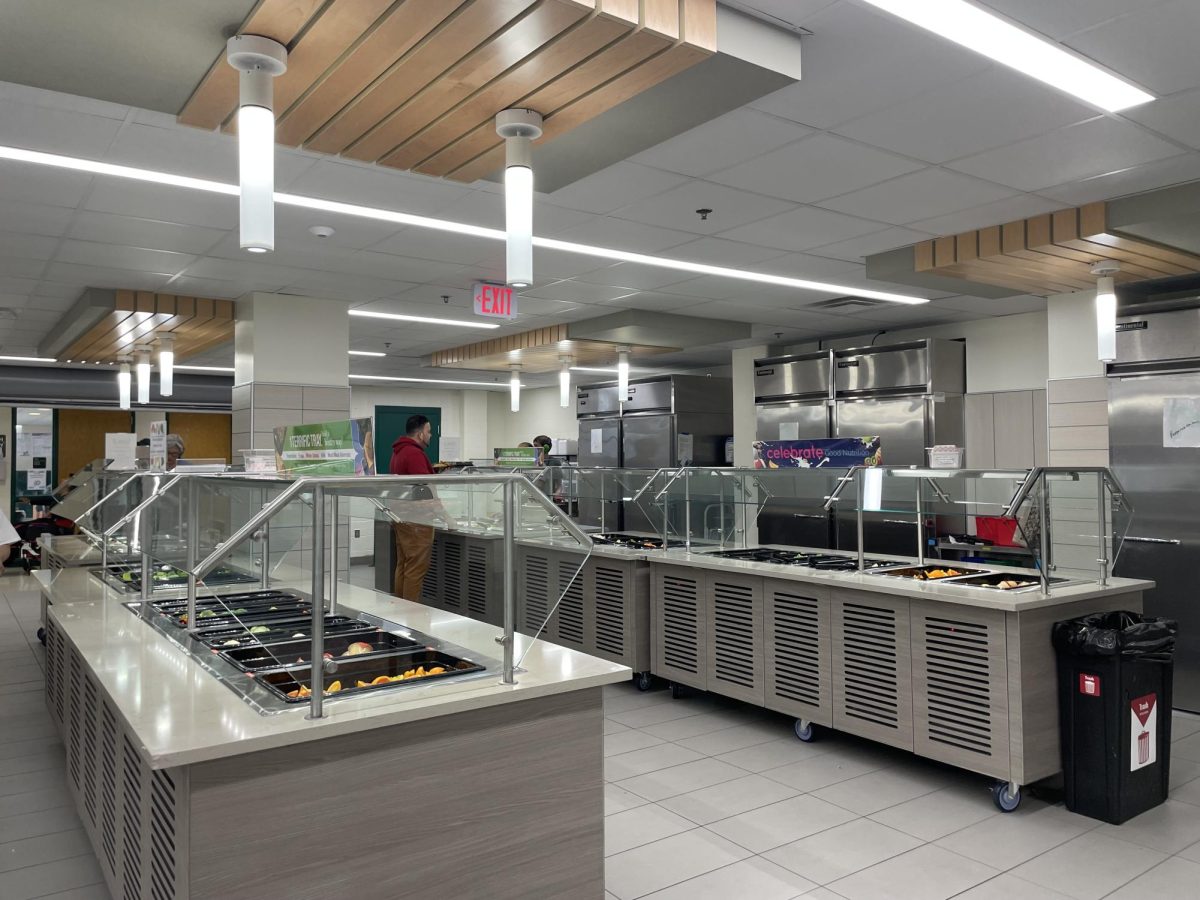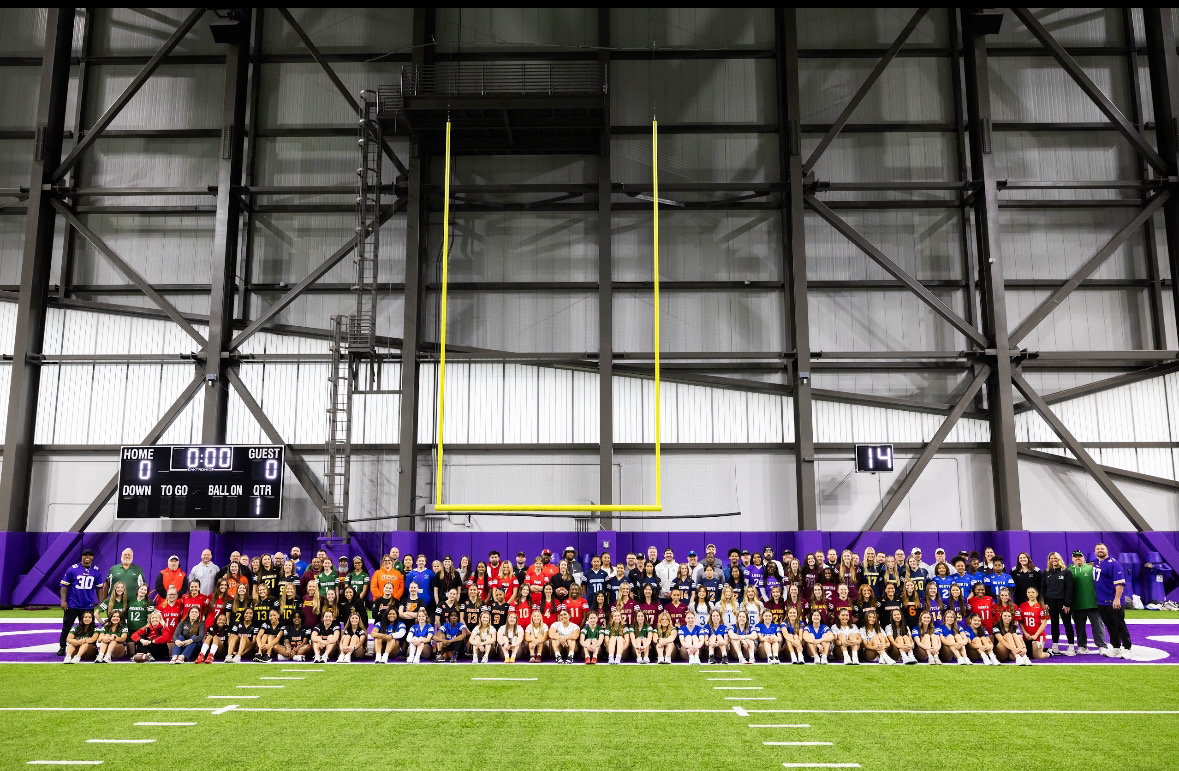Once a beacon of higher opportunity, the college dream has become a source of stress, debt and disillusionment for many students. With tuition costs skyrocketing, incredibly competitive acceptance rates and the need for traditional college degrees in the job market dropping, it is increasingly clear that the higher education system is failing.
Many universities pride themselves on their exclusivity, often deliberately keeping acceptance rates low to create a more prestigious image. This obsession with selectivity fundamentally distorts the purpose of higher education, shifting the focus from education to a status symbol for the few who can get in. Many admission processes inadvertently favor wealthier students who can afford tutoring, test prep and impressive extracurriculars. Wealthier students can also tip the scale in their favor with the advantage of legacy admissions and donor influence.
Beyond that, one of the most glaring issues with college is the overwhelming financial burden. The average annual cost of attending a university is just under $40,000 while continuing a trend of annual tuition growth of 4.04% for the past several decades. Students are entering adulthood with crippling debt, a burden that follows them around for years after they graduate. The national student loan debt exceeds $1.7 trillion even after the enactment of former president Joe Biden’s loan forgiveness plan, which President Trump discontinued, leaving many Americans facing renewed debt.
With the high cost of attending college comes the question: Is it really worth it? While some degree holders out-earn their non-college counterparts, nearly 40% of recent college graduates work in jobs that do not require a degree at all, according to the Federal Reserve. Furthermore, student loan debt often negates the financial benefits of a college education.
Many students are receiving degrees in oversaturated fields, while markets like the trade and other technical markets struggle to find young workers. According to McKinsey and Company, the US skilled labor market has grown almost 20% since the first quarter of 2020. For example, jobs like electricians have surged, driven by the rapid expansion of AI data centers by leading tech companies. The rapidly aging current workforce in these sectors opens many opportunities for new workers as the only education required for many entry-level jobs is just a GED, and for more advanced roles, a two-year technical degree is usually sufficient. The average cost of a two-year degree at a technical college is around $3,800 per year, compared to nearly $40,000 per year at private four-year universities.
Several major companies are also shifting away from requiring college degrees. In 2022, companies like Google, Tesla and IBM announced they would prioritize skills and experience over formal education in hiring decisions. Google’s “Career Certificates” program offers online training in fields like IT support, data analytics and project management, allowing people to earn industry-recognized credentials in just six months. Similar programs called Coding Bootcamps help future software engineers land six-figure jobs without a degree. Usually lasting less than a year, they offer valuable certificates in specific areas of software engineering. Some coding boot camps have selection processes to determine whether a candidate is a good fit for the rigors of the program. These range from logical reasoning assessments to coding skills tests, depending on the program. Many programs cater to newer coders, giving valuable skills faster and cheaper than traditional college would.
The traditional college path is no longer the best option for everyone. With rising tuition, potential overwhelming debt and a shrinking job market for many degrees, students should start to explore other options for success. Whether through trade school or technical certifications, the connection between higher education and employment is changing. Rather than blindly following the outdated idea that college is the only path to success, students should evaluate their options based on cost, job prospects and most importantly their interests.














![[DEBATES] Prestigious colleges: value or hype?](https://www.mvviewer.org/wp-content/uploads/2024/12/buildings-1200x654.png)































![[OPINION] The dark origins of TikTok's looksmaxxing trend](https://www.mvviewer.org/wp-content/uploads/2024/02/Copy-of-Copy-of-Untitled-Design-1200x675.png)









